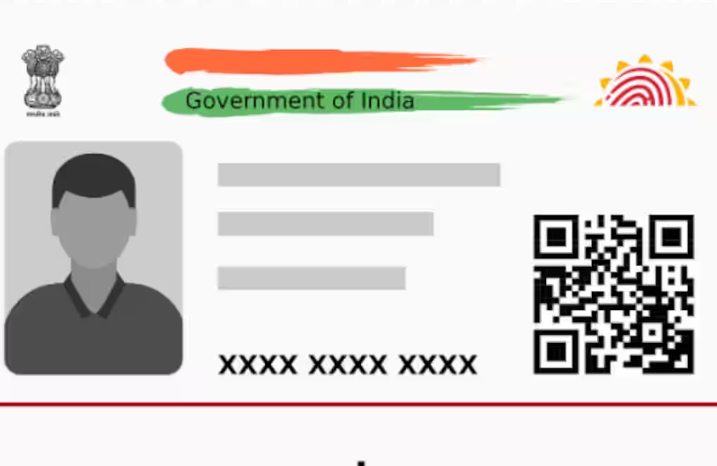Aadhaar
Aadhaar is a 12-digit unique identification number issued by the Government of India to Indian residents as an identity proof across the country. It is the world’s largest biometric ID system, with over 1.3 billion enrolled members as of 2022. Aadhaar is issued to all Indian residents under section 3 of The Aadhaar (Targeted Delivery of Financial and Other Subsidies, Benefits and Services) Act, 2016. United States of America also have a similar kind of social security number issued to its residents.
Definition
Section 2(a) of The Aadhaar Act, 2016, defines Aadhar :
Aadhaar card is basically an identification document issued by the UIDAI after it records and verifies every resident Indian citizen’s details including biometric and demographic data .A number is issued to an individual which is unique and valid for the life time and cannot be reissued to any other individual. It may be accepted as a proof of Identity however it is not a conclusive proof of citizenship in respect of an Aadhar number individual.
Issuance
Aadhar is issued by Government Of India which delegates its power to UIDAI( Unique Identification Authority Of India). UIDAI is responsible for the processes of enrolment and authentication and such other functions as may be assigned to it under the Aadhaar Act 2016. The main objective of aadhar is to ensure good governance and for efficient transparent and targeted delivery of subsidies, benefits and services to the Individual.
Background
The Aadhaar program was launched in 2009 to provide a form of digital identity to all Indian residents. It is regulated by the Aadhaar Act 2016 and overseen by the Unique Identification Authority of India (UIDAI).
To obtain an Aadhaar, individuals have to provide their biometric data – 10 fingerprints, 2 iris scans, and a facial photograph – along with basic demographic details like name, date of birth, and address. This data is stored in the Central Identities Data Repository (CIDR) and used to issue a randomly generated 12-digit Aadhaar number unique to each resident.
Aadhaar serves as a proof of identity and address anywhere in India. It can be used to open bank accounts, get a mobile SIM card, receive government benefits, file taxes, and more. While not mandatory for most services initially, Aadhaar was made compulsory for income tax filings and accessing government welfare schemes from 2017 onwards.
Coverage
As of 2022, over 93% of Indian adults and 67% of all children have enrolled for Aadhaar. On average, UIDAI processes up to 1 million new Aadhaar applications daily, with over 1.3 billion allocated since inception.
Authentication
Various public and private entities utilize Aadhaar’s e-KYC and authentication services for identity verification. This may soon include verifying users on major social media platforms as well.
Over 150 billion successful Aadhaar transactions have occurred to date. The number continues growing due to increasing integration with bank accounts, PDS shops, LPG connections, and other welfare programs.
Criticism
Despite aiming to improve governance and efficiency in public services, Aadhaar has also faced criticism over privacy and security concerns given the vast centralization of sensitive personal data. The Supreme Court has upheld its constitutional validity but limited the scope for mandatory linking with other services.
Going forward, safeguarding individuals’ digital rights and data security while leveraging Aadhaar to enhance last-mile delivery of subsidies remains a key challenge.


